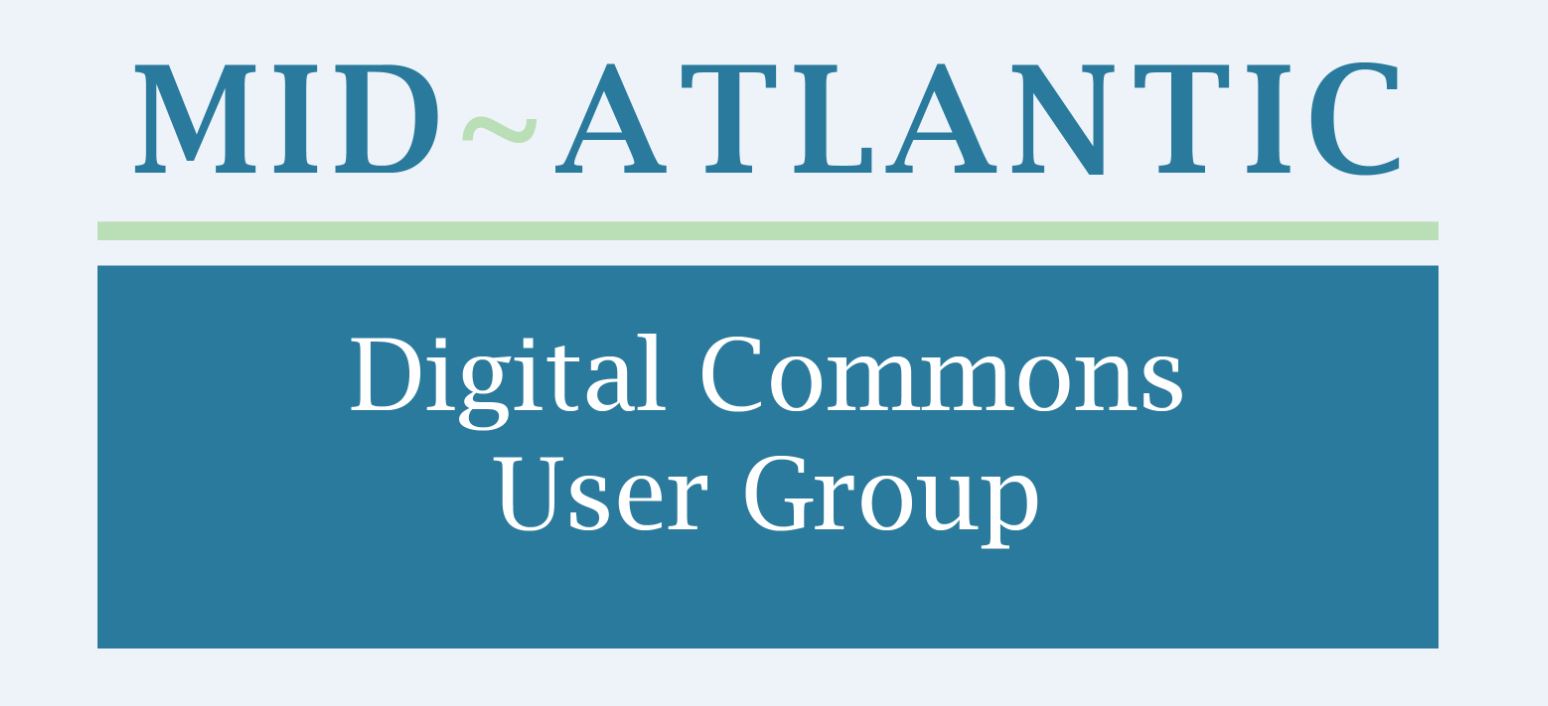Start Date
27-7-2018 1:55 PM
End Date
27-7-2018 2:20 PM
Description
Seton Hall University’s Institutional Repository (scholarship.shu.edu) is a publishing service offered by the Seton Hall University Libraries and Seton Hall Law School for preservation and dissemination of SHU scholarly works. The Faculty Profiles, electronic journals, electronic theses and dissertations (ETDs) provide the majority of the content. There are almost 10,000 papers and 2.4 million downloads.
Seton Hall University Libraries implemented Selected Works in 2010. Currently liaison librarians use Selected Works as a communication vehicle with faculty members to create profiles, post scholarship based on Sherpa Romeo copyright rules and tracking readership worldwide. In 2017-8, two student workers helped to check copyright, create profiles, post content and conduct outreach to faculty. Due to their help we were able to almost double the amount of profiles and maintain existing ones. This presentation will describe the workflow for adding profiles and content and best practices for collaborating with a student team.
Other collections students have helped add to the repository include Digital Humanities Projects and Open Education Resources. This helps to add exposure to University Committees and Resources.
Faculty Outreach with Student Workers
Seton Hall University’s Institutional Repository (scholarship.shu.edu) is a publishing service offered by the Seton Hall University Libraries and Seton Hall Law School for preservation and dissemination of SHU scholarly works. The Faculty Profiles, electronic journals, electronic theses and dissertations (ETDs) provide the majority of the content. There are almost 10,000 papers and 2.4 million downloads.
Seton Hall University Libraries implemented Selected Works in 2010. Currently liaison librarians use Selected Works as a communication vehicle with faculty members to create profiles, post scholarship based on Sherpa Romeo copyright rules and tracking readership worldwide. In 2017-8, two student workers helped to check copyright, create profiles, post content and conduct outreach to faculty. Due to their help we were able to almost double the amount of profiles and maintain existing ones. This presentation will describe the workflow for adding profiles and content and best practices for collaborating with a student team.
Other collections students have helped add to the repository include Digital Humanities Projects and Open Education Resources. This helps to add exposure to University Committees and Resources.


